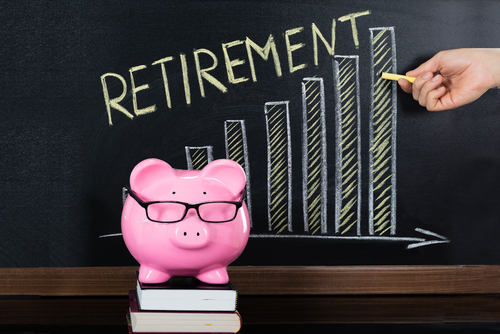At the very end of 2022, Congress passed the Securing a Strong Retirement Act of 2022 (Secure 2.0) as part of the omnibus spending bill. The provisions have a broad effect on a range of retirement and other benefit issues with the basic overall goal of increasing access and encouraging employee participation in retirement savings. The various changes will take effect between now and 2025.
What the Secure Act 2.0 does
While there are a broad variety of changes created by Secure 2.0, here are some of the high points:
- The Act establishes mandatory automatic enrollment in new 401(k) plans for plan years beginning in 2025 and after. The general thrust of these provisions is to create a version of retirement savings autopilot by automatically enrolling employees, setting a contribution amount, and steering those contributions to default investment choices if the employee fails to make choices.
- It provides employers with the ability to match employee student loan repayments by making matching contributions for those payments into the employee’s 401(k) account. These changes take effect for plan years beginning Jan. 1, 2024, and after.
- Secure 2.0 increases the allowable amounts for catch-up contributions for employees. These changes raise the current limits and create additional increased limits for employees between 60 and 63. There are also provisions that will require employees earning more than $145,000 to make catch-up contributions as Roth contributions. At the same time, the Act relaxes the current required minimum distributions for participants.
- It enhances the ability for part-time employees to participate in 401(k) plans by lowering the requirements established in Secure 1.0. The practical implications of this provision may be limited, as employers may have already allowed for increased participation for part-time employees.
- Finally, it increases the access to tax credits for small employers for establishing plans and making contributions for employees. These benefits apply to employers with fewer than 100 employees and provide the most impact for employers with 50 or fewer employees.
Takeaways
Secure 2.0 contains a broad range of provisions beyond those flagged in this alert. Employers and plan administrators will want to consult with counsel and other advisors to assess which of the Act’s provisions may apply to them or to determine which of the various provisions they may want to incorporate into their plans.
At this juncture, there’s time for employers and plan administrators to digest and evaluate the Act’s provisions for future compliance and/or inclusion in their benefit plans.
Doug Hanisch, who practices employment benefits and tax law, and Don Berner, who practices law in the areas of labor, employment, immigration, and OSHA, are partners with Foulston Siefkin LLP in Wichita. You can reach them directly at dhanisch@foulston.com or dberner@foulston.com.
The post Secure Act 2.0 Encourages Employee Participation in Retirement Savings appeared first on HR Daily Advisor.
